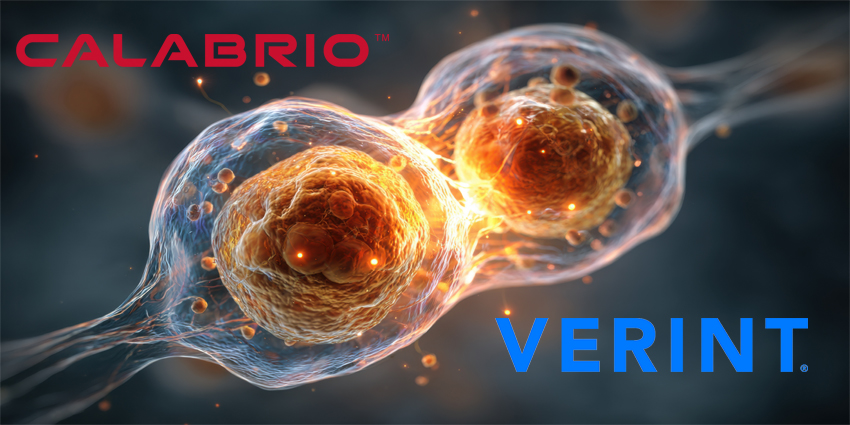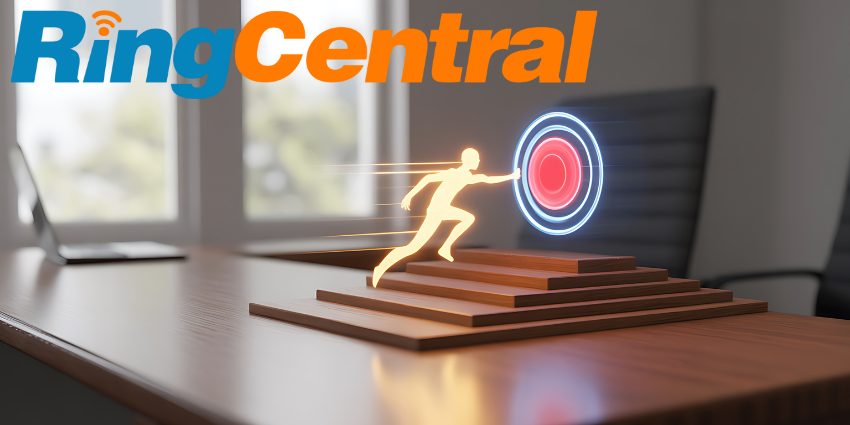Every contact center leader wants to reduce average handling time (AHT). After all, lowering AHT means lowering costs.
Nevertheless, contact centers have also learned that pressuring agents to “close calls faster” can negatively impact first contact resolution (FCR) rates, cause employee burnout, and – ultimately – drive poor customer experiences.
As a result, business leaders are searching for smarter ways to reduce AHT without compromising on customer, employee, and business outcomes.
To help, here are some safe ways for contact centers to keep AHT low in 2025.
1. Let the Customer Say Their Piece
Often, customers call up a contact center and want to get a grievance off their chest.
By diving straight into the solution, the agent can – especially with upset customers – open themselves up for a tricky conversation, with the customer continually interjecting until they feel heard.
So, taking that moment to let the customer say their piece and show empathy can help streamline the rest of the conversation.
2. Train Agents on When to Dive In
In general, agents should never interrupt a customer, but there are times when they can dive into conversations during natural “lulls” and steer it back in the right direction.
If an agent constantly waits too long to jump into a conversation, a customer might continuously repeat themselves.
In QA sessions, show agents the natural times during a conversation when they could have seized control with a statement such as: “I think I understand the issue here; what we need to do first is…”
3. Employ Closed-Ended Questioning
Open questions are excellent for unlocking more insights into a complex problem or learning about customer preferences – but they lead to longer conversations.
As such, once the agent starts getting into the resolution phase of a call, they will ideally use lots of closed questions to move the conversation along faster.
Closed questions can only be answered with a “yes” or “no”. Examples like: “Can you confirm the account number?” Or: “Have you tried restarting the app?” keep the customer’s brain task-focused.
Moreover, they help agents regain control of the conversation.
4. Use Signposting to Guide Customers
Signposting is a valuable strategy for companies looking to reduce AHT. It involves clearly outlining the next steps in a conversation.
For instance, an agent might say: “In a moment, I’ll need your account number,” or: “I’ll just put you on hold for a moment. When I return, I’ll need [information].”
This practice creates a clear roadmap for the conversation, allowing customers to quickly prepare and gather the information they need to progress in the discussion.
5. Implement Agent-Assist Tech
Agent-assist solutions can proactively serve agents with relevant knowledge content in the flow of their work. As such, they don’t need to search knowledge and data sources to get the information they need.
These tools are evolving all the time, too. Some now auto-draft customer replies for agents on digital channels, offer automated note-taking, and create post-contact summaries.
6. Leverage Case Management Solutions
Case management solutions offer guided flows for agents to follow as they take contacts with predictable resolution paths.
Many of these solutions can now take insight from customers as they wait in the queue, feed it through to the agent at the start of the interaction, and then orchestrate the systems they leverage around the intent.
As such, agents do less alt-tabbing and can stay focused on the contact center.
7. Employ a Buddy or Mentor System
New agents in a contact center often struggle more with reducing AHT than seasoned professionals.
Pairing beginners up with experts who have already mastered the art of time-efficient customer service (without compromising on empathy) can speed up training processes.
Buddy systems also allow employees to share knowledge and enable a culture of peer-to-peer learning, where agents can listen to and provide feedback on conversations without supervisors.
8. Flag Examples of Efficient, Effective Conversations
When it comes to contact center coaching, “show, don’t tell”, is one longstanding principle.
So, while case management and agent-assist solutions can be invaluable, flagging examples in the QA system of excellent customer interactions helps show agents what a good conversation looks like.
With that example, many will feel more confident in leading efficient, effective conversations.
9. Create a Real-Time Support Channel
Leveraging a UCaaS platform integration, contact center leaders can create real-time support channels monitored by experienced agents, so they can support colleagues in handling complex conversations.
Moreover, leaders may connect with external subject matter experts (SME) to offer that additional support mechanism.
10. Build and Maintain a Robust Knowledge Base
Training agents on how to troubleshoot common issues is crucial, but it’s easy to forget details when dealing with countless calls.
A robust knowledge base, with proactive knowledge suggestions, helps surface valuable information quickly and reduce AHT.
As such, invest in dynamic, searchable databases with up-to-date FAQs, troubleshooting guides, and documentation. Regularly update these resources with new knowledge and insights.
11. Partially Automate Complex Conversations
Introducing self-service tools into a contact center can reduce the volume of calls requiring direct intervention. However, it can also minimize AHT.
Indeed, cutting-edge virtual agents can walk customers through initial troubleshooting steps before passing them on to an agent. This reduces the amount of time agents spend testing out resolutions.
Plus, bots can hand valuable knowledge about a customer over to an agent, including solutions they’ve already tried or the issues the customer has faced in the past, so they can identify a fix faster.
Unpack more advice to improve the customer service experience. Subscribe to the CX Today newsletter.







